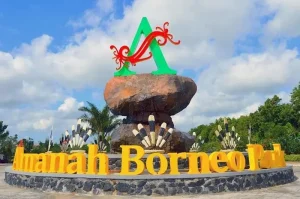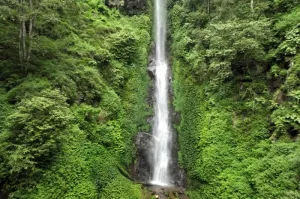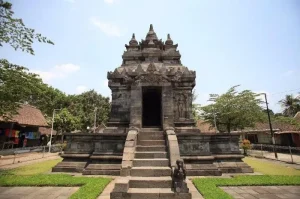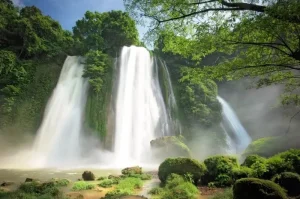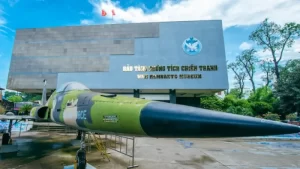Mohenjo-daro, an archaeological marvel located in present-day Pakistan, holds the key to unraveling the mysteries of the Indus Valley Civilization.
This ancient city, which thrived over 4,500 years ago, offers a fascinating glimpse into one of the world’s earliest urban settlements. From its historical significance to its unique architectural features, Mohenjo-daro is a must-visit destination for history enthusiasts and travelers seeking to explore the ancient wonders of the world.
History
Mohenjo-daro, meaning “Mound of the Dead,” was discovered in the 1920s by British archaeologist Sir John Marshall. It was once a thriving city in the Indus Valley Civilization, also known as the Harappan Civilization, which flourished from approximately 2600 to 1900 BCE. This civilization, contemporaneous with the ancient civilizations of Egypt and Mesopotamia, is considered one of the world’s earliest urban societies.
The city of Mohenjo-daro was constructed using a sophisticated urban planning system, with advanced engineering techniques for its time. The layout of the city included well-organized streets, intricate drainage systems, and multistory brick houses, showcasing the remarkable intelligence and technological advancements of its inhabitants.
Why Visit Mohenjo-daro
1. Historical Significance
Mohenjo-daro provides a unique opportunity to explore the ancient roots of human civilization. The ruins offer insights into the daily lives, culture, and trade practices of the Indus Valley people.
2. Architectural Marvel
The architectural design and urban planning of Mohenjo-daro are awe-inspiring. Visitors can witness the complex layout of the city, including the Great Bath, the granaries, the assembly halls, and the residential areas, which highlight the advanced construction techniques of the time.
3. UNESCO World Heritage Site
Mohenjo-daro is a UNESCO World Heritage Site and is protected for its outstanding universal value. Visiting the site allows you to appreciate its historical and cultural significance while contributing to its preservation.
Location and Route
Mohenjo-daro is situated in the Larkana District of Sindh, Pakistan. The city is located on the right bank of the Indus River, approximately 350 kilometers northeast of Karachi. The nearest airport is the Mohenjo-daro Airport, and regular flights operate from Karachi and other major cities in Pakistan.
When to Visit
The best time to visit Mohenjo-daro is during the winter months, from November to February, as the temperatures are milder and more comfortable for exploration. The scorching summer months of May to August can be extremely hot, with temperatures often exceeding 40°C (104°F).
What to See
1. The Great Bath
The Great Bath is one of the most remarkable structures in Mohenjo-daro. It was a large water tank with steps leading down to a pool, believed to have been used for ritualistic bathing and purification ceremonies.
2. The Granaries
The granaries of Mohenjo-daro were built to store surplus food supplies. These well-preserved structures provide insights into the city’s agricultural practices and economic systems.
3. The Assembly Halls
Explore the remains of assembly halls, thought to have been used for public gatherings, meetings, and administrative purposes. These structures provide glimpses into the governance and social organization of the Indus Valley Civilization.
4. The Residential Areas
Walk through the remains of the residential areas, where you can observe the intricate brickwork, narrow lanes, and courtyard-based houses. These areas offer a glimpse into the daily lives of the ancient inhabitants.
Conclusion
Mohenjo-daro stands as a testament to the ingenuity and sophistication of the Indus Valley Civilization. Its historical significance, remarkable architecture, and UNESCO World Heritage status make it an essential destination for anyone interested in ancient civilizations. By visiting Mohenjo-daro, you can embark on a journey back in time, exploring the remnants of an ancient urban center that flourished thousands of years ago, leaving behind an enduring legacy for future generations to marvel at.


